The nice thing for us ALS patients is that a small weight gain is usually more positive.
Here are my personal experiences and tips on the subject of eating and drinking. Since I can currently still eat and drink "normally", there is no information to be found on the PEG (Percutaneous endoscopic gastrostomy ) tube.
Aids in the sense of "tools" to support eating and drinking are discussed, but also food supplements, which can offer support in our clinical picture.
Aids in the sense of "tools" to support eating and drinking are discussed, but also food supplements, which can offer support in our clinical picture.
Nutritional supplement
Following are products available in Switzerland.
Protein drinks
These are useful if you can still eat "normally" and thus cover the calories you need and only an addition of proteins should be covered.
Small advantage compared to the calorie / protein drinks: More tasty, more choice and commercially available.
These are useful if you can still eat "normally" and thus cover the calories you need and only an addition of proteins should be covered.
Small advantage compared to the calorie / protein drinks: More tasty, more choice and commercially available.
In our clinical picture, we require more proteins. My information provides for the following calculation:
1 g protein + 30 - 50% per kilogram of body weight.
1 g protein + 30 - 50% per kilogram of body weight.
For me it looks like this: 90 kg body weight = 90 g protein + 50% (45 g protein) = approx. 135 g protein per day
I decided to save the hassle of counting proteins for each meal. I eat according to my mood, if possible balanced nutrition, and add 2-3 protein drinks throughout the day. In my case - after consulting a nutritionist - this should cover my needs.
I decided to save the hassle of counting proteins for each meal. I eat according to my mood, if possible balanced nutrition, and add 2-3 protein drinks throughout the day. In my case - after consulting a nutritionist - this should cover my needs.
For some time now, these protein drinks have become a lifestyle and every retail trade has them in their range. Here are a few examples:
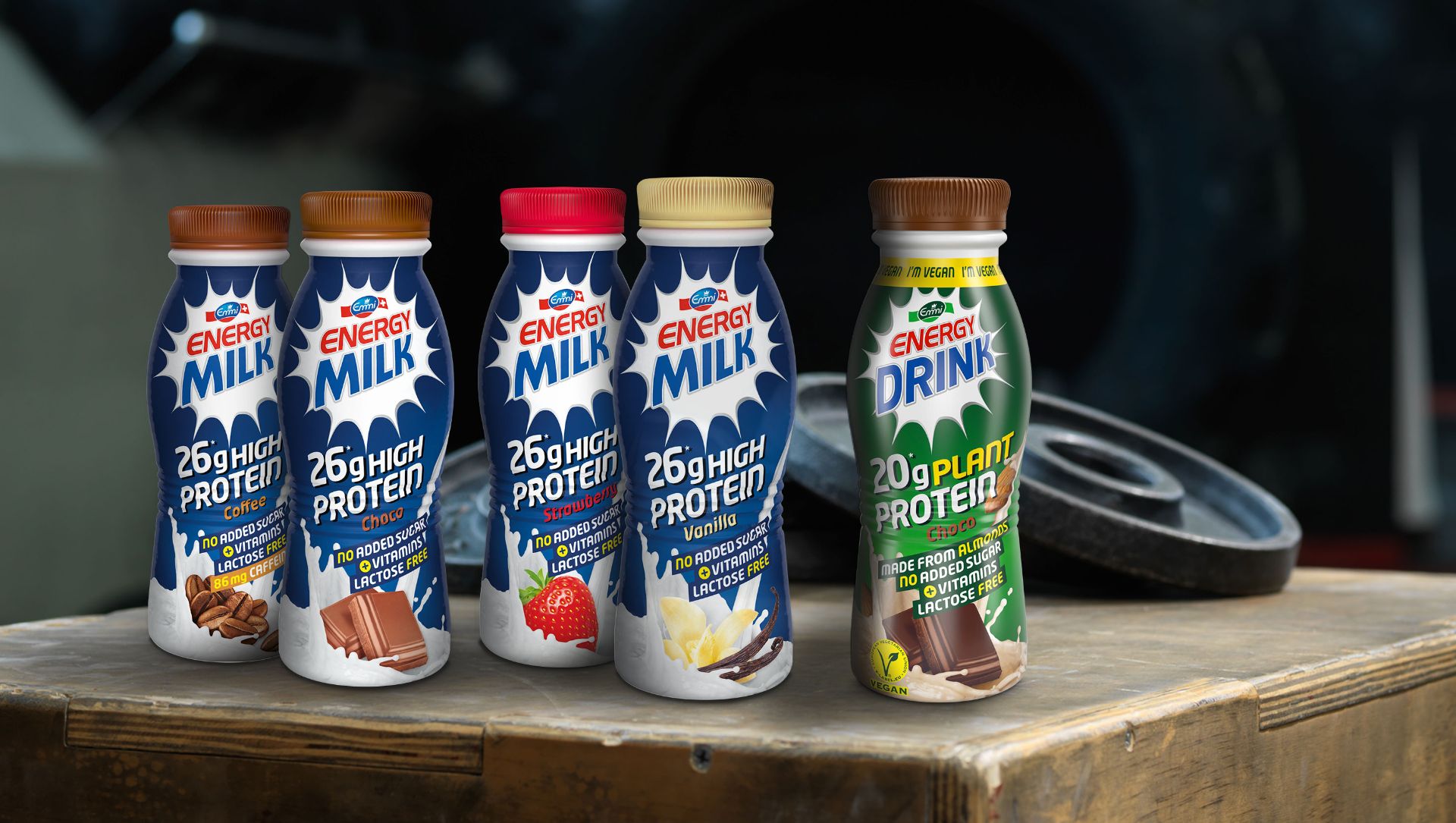
Emmi High Protein Drink
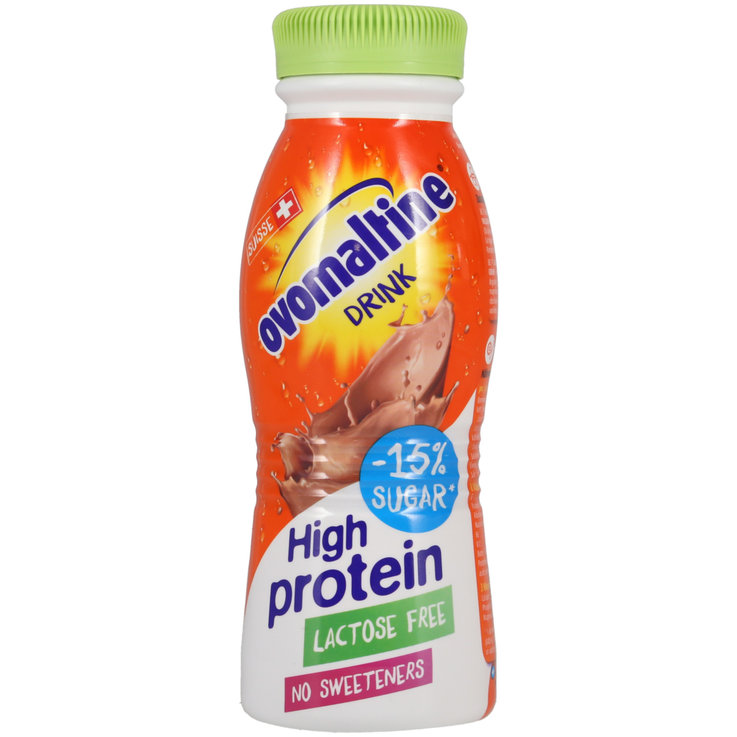
Ovomaltine High Protein Drink
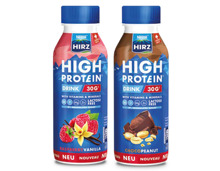
Hirz High Protein Drink
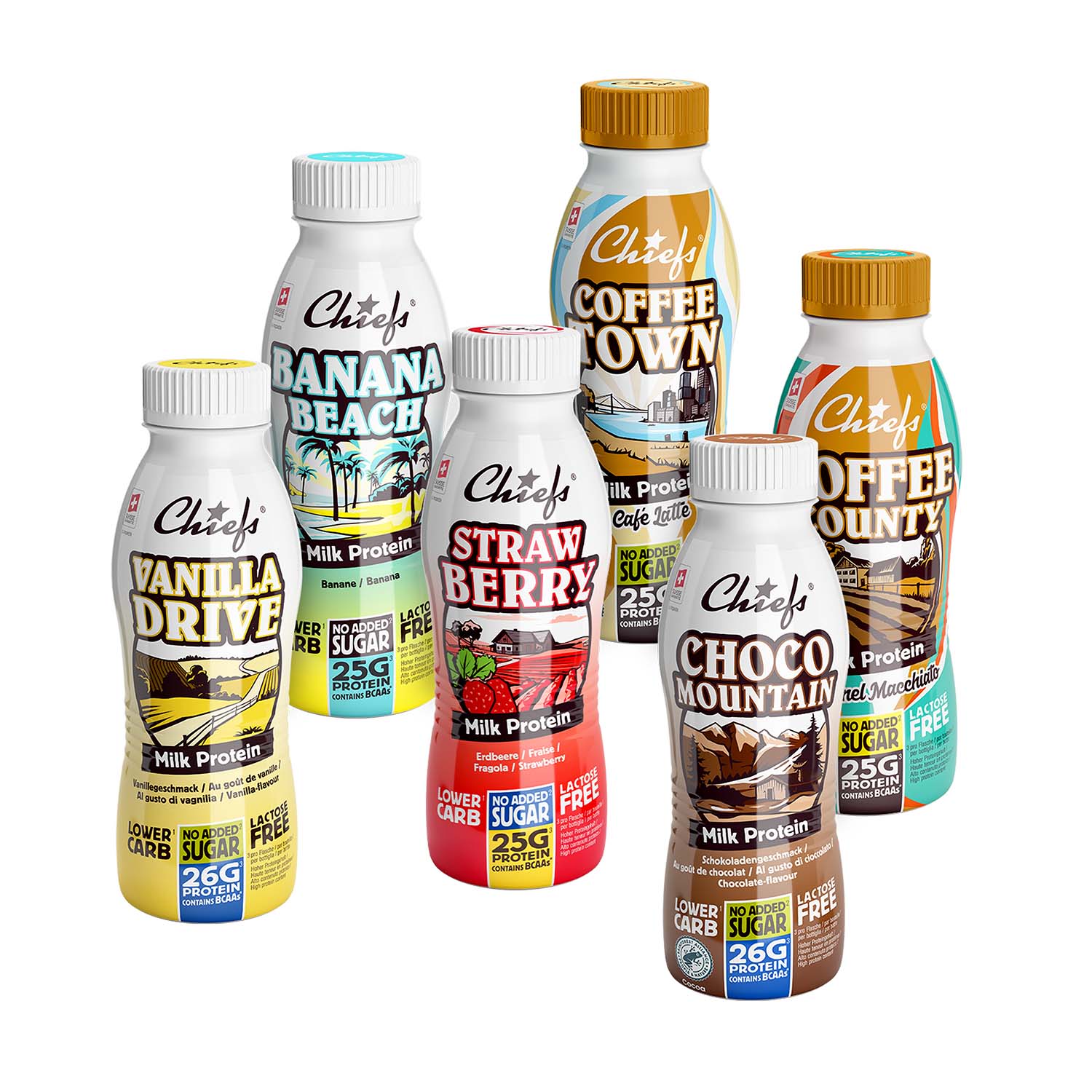
Chiefs High Protein Drink
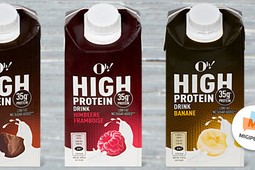
Oh! (Migros) High Protein Drink
Foods with added protein
In addition to protein drinks, there are various products enriched with additional proteins for the same purpose. These are mainly dairy products such as yogurt or pudding etc. and complement the above brands.
In addition to protein drinks, there are various products enriched with additional proteins for the same purpose. These are mainly dairy products such as yogurt or pudding etc. and complement the above brands.
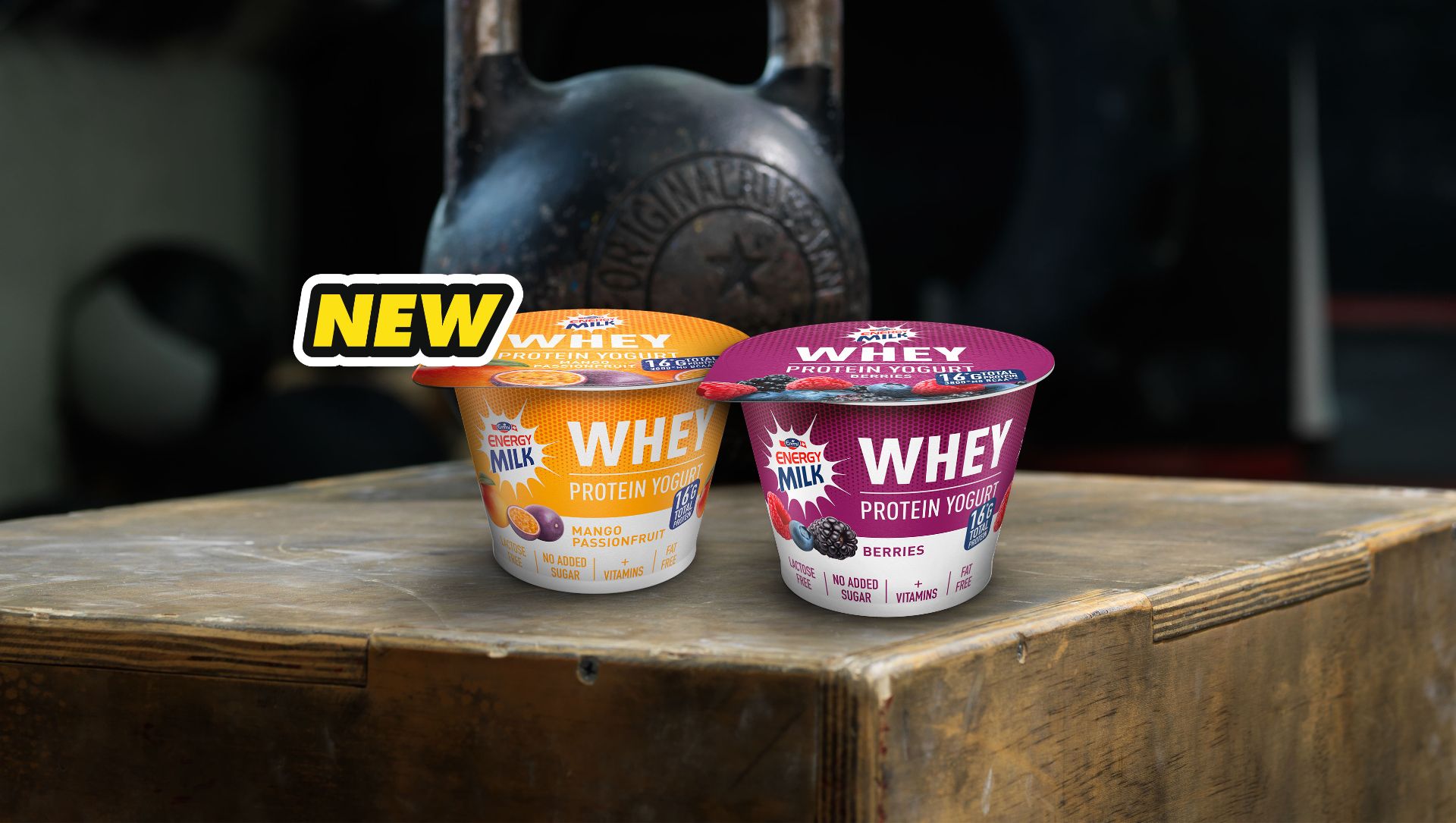
Yogurt
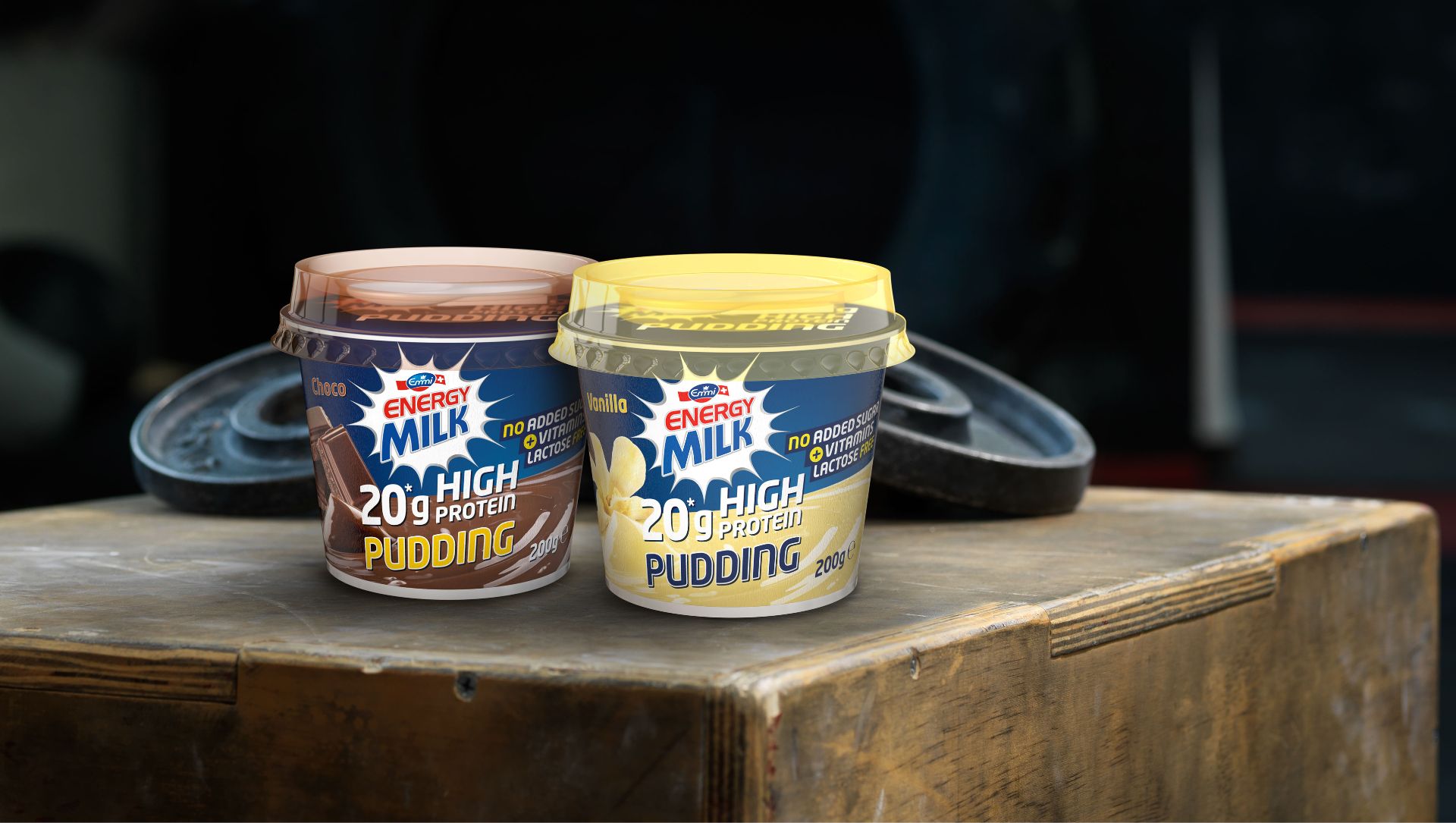
Pudding
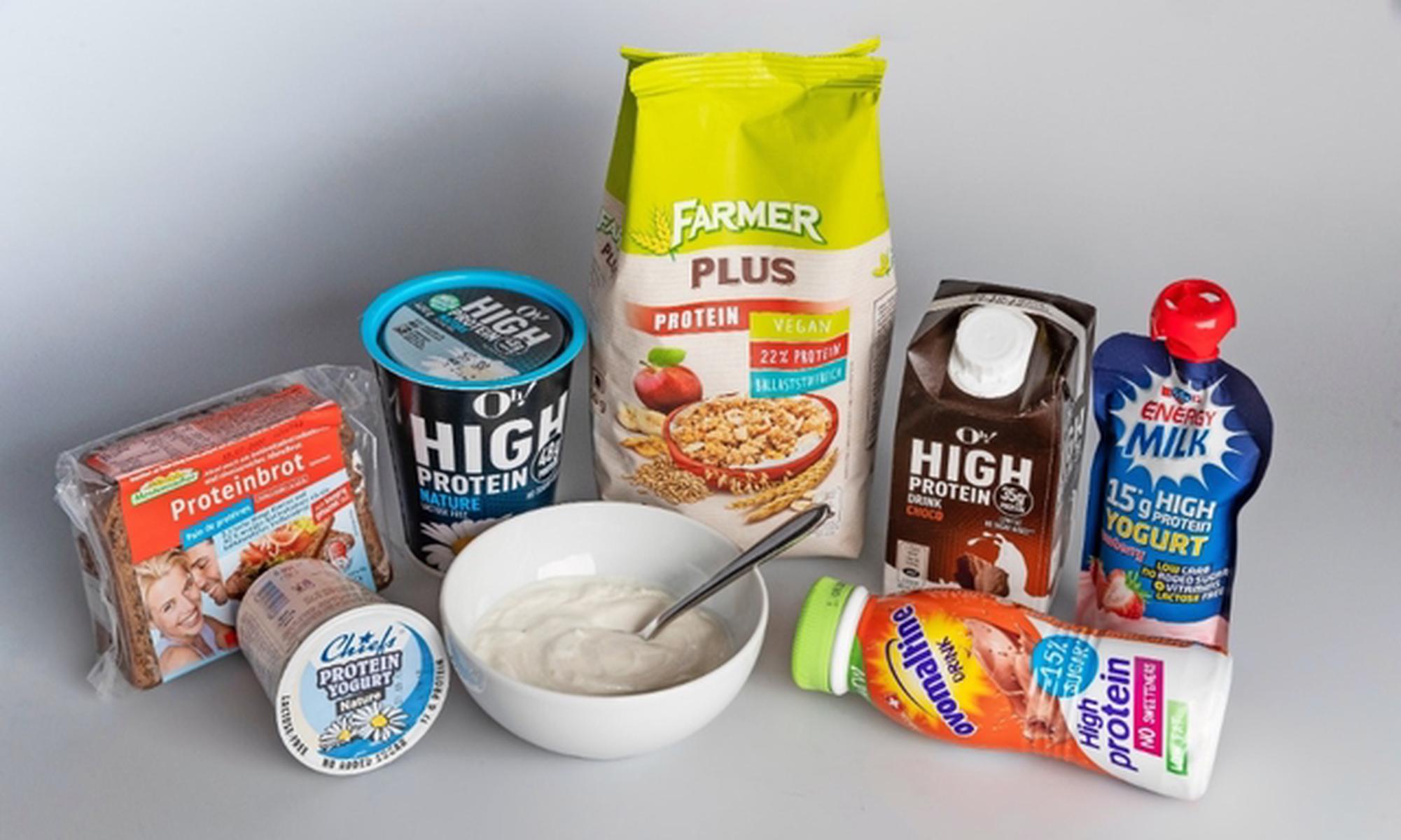
Cereal, Bars and others
Rice pudding
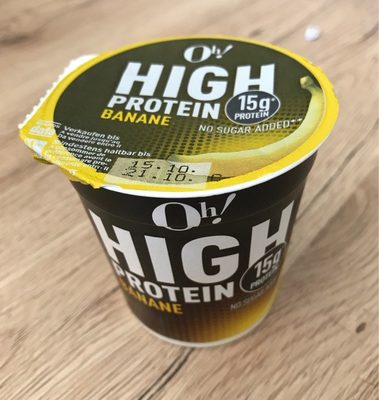
Yogurt
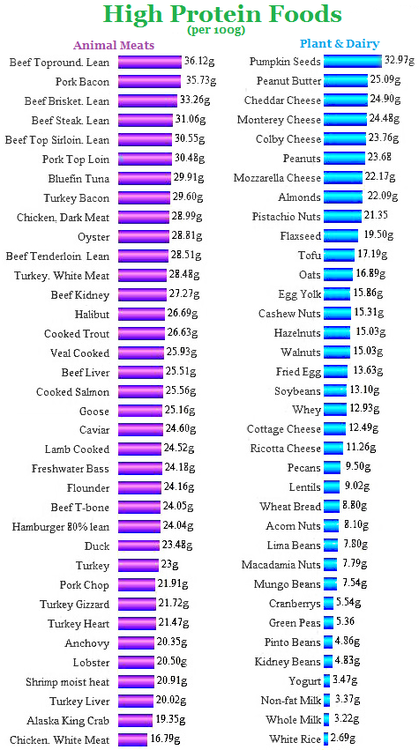
Source: madreview.net
Of course there are also many natural sources of protein. The protein content can be very different, as the adjacent table shows. There are many tables on the Internet that show the content, even when cooked. The protein content is also shown on each products package.
The so-called "high protein products" have established themselves in the context of the health hype and offer fast and uncomplicated protein intake.
The so-called "high protein products" have established themselves in the context of the health hype and offer fast and uncomplicated protein intake.
In our clinical picture, activity steadily decreases and thus also the appetite tends to decrease. It can therefore become increasingly difficult to eat enough natural foods to cover the amount of protein. Here, these "high protein products" can represent an intermediate step before the high-calorie food supplements are required and then finally nutrition is carried out via the PEG (Percutaneous endoscopic gastrostomy) tube.
Calorie drinks
Over time, our appetite can decrease due to lack of activity. Swallowing solid food, and later liquid food, is also more difficult. In both cases, a lack of calories and other nutrients can result as a result of the reduced eating.
Over time, our appetite can decrease due to lack of activity. Swallowing solid food, and later liquid food, is also more difficult. In both cases, a lack of calories and other nutrients can result as a result of the reduced eating.
There are special high-calorie drinks that compensate for this deficiency. In this way, enough calories and other nutrients are absorbed with a "smaller amount". Unfortunately, these drinks are not a highlight in terms of taste, as I have heard from various sources and I had to experience it myself at a "tasting".
Since I am not yet dependent on such drinks myself, I only know of two brands:
Since I am not yet dependent on such drinks myself, I only know of two brands:
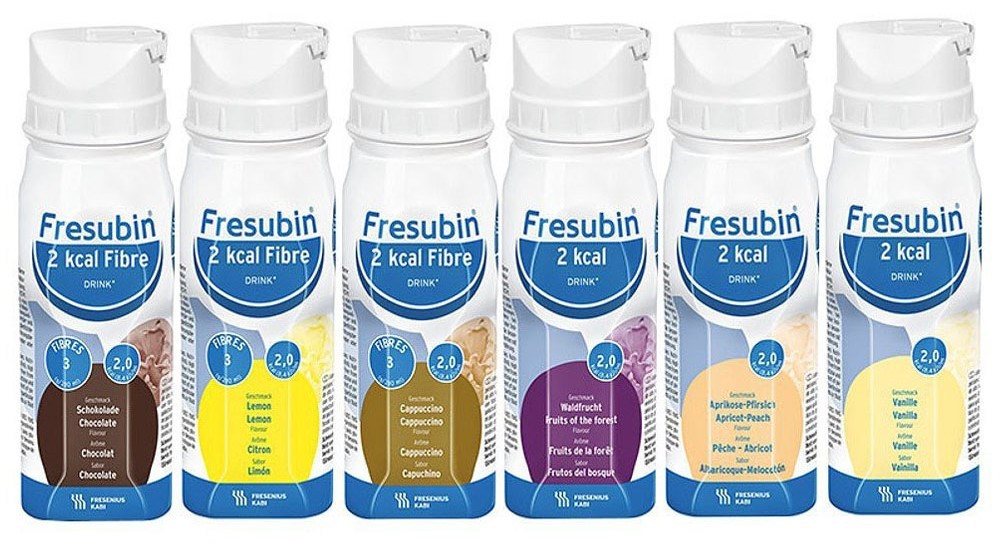
Fresubin by Fresenius Kabi
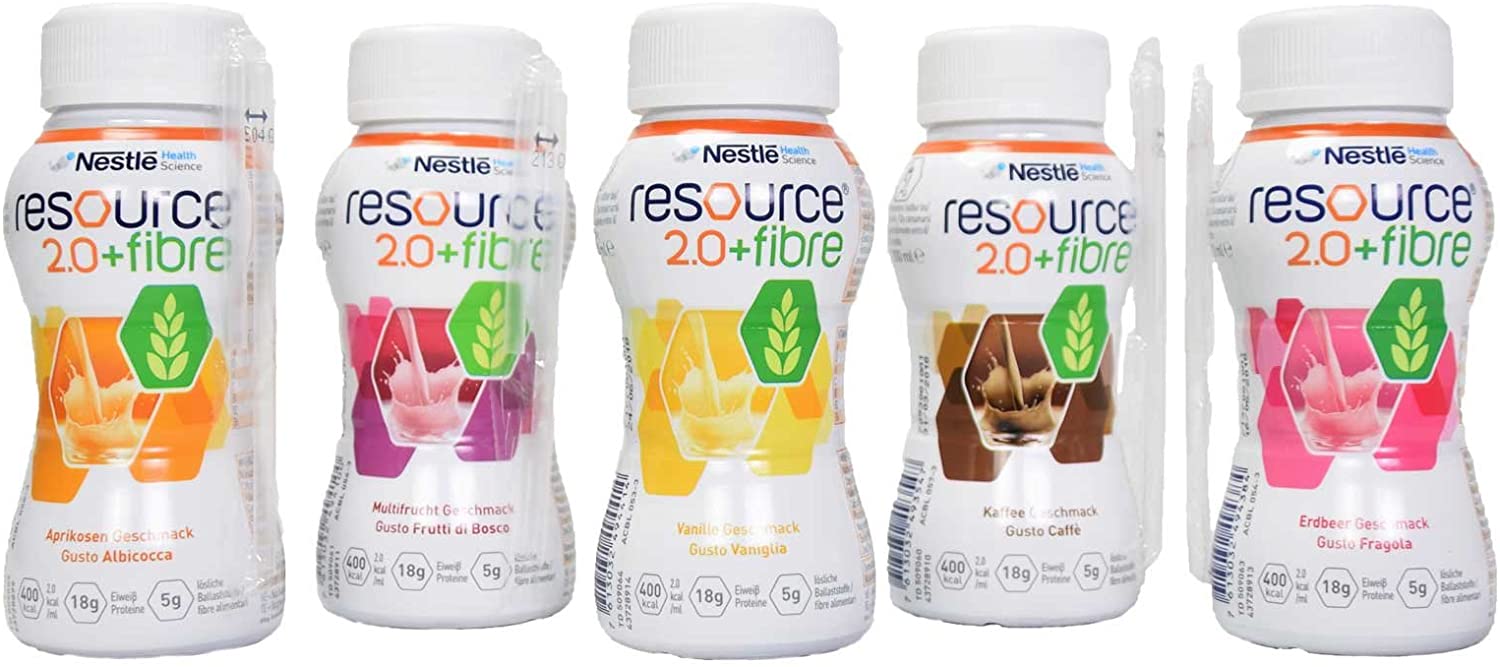
resource fibre by Nestle
Aids and Tools
Drinking straw
Liquids such as drinks or soups can usually be consumed with a straw without any problems. To me the biggest advantage is that I can maintain a minimum of autonomy.
However, there are a few points to consider:Straws are available in a wide variety of materials, such as plastic (is now banned, restricted or about to be banned in many countries), glass, metal, cardboard or
wood / bamboo.
Glass In my opinion, it is the best choice today, practical, hygienic and sustainable. There are providers with a very extensive selection of straws for this.
There are small sets that are very practical for on the go and come in a fabric case with a matching cleaning brush.
Metal These are usually made of stainless steel and therefore are hygienically unproblematic and also easy to clean. As a disadvantage I find the metallic
taste, depending on the drink, as well as the risk of burning your lips when the liquid is hot.
Plastic These straws are usually suitable for all types of liquids, whether cold or hot. If you clean them immediately after use, you can use them several times
without any problems. The big disadvantage is the ecological aspect, which is why these will be banned in many countries in the near future.
Cardboard From an ecological point of view, cardboard is a good alternative. From a practical point of view, however, there are a few caveats:
With hot liquids, the cardboard quickly becomes mushy and can no longer be used. In addition, it can only be used once and a slight change in taste
can be felt with certain liquids.
Wood/Bamboo These materials would also take the ecological aspect into account. But even with these variants, the taste is usually noticeably changed and cleaning
is not that easy. Contamination on the inside is most likely to be higher than that of glass or metal.
Hint
For hikers or endurance athletes there are drinking systems that have a bag in the form of a backpack. These bags are available from approx. 1-2 liters capacity. The liquid in the bag is drunk through a tube. The mouthpiece has a closure that opens when you bite together. This backpack can be easily attached to the wheelchair. The mouthpiece must either be brought to the mouth manually or a holder is organized / created with which the mouthpiece can be gripped with the mouth.
Good to know
A positive side effect of using a straw is that drinking also trains the soft palate at the same time. A weakened / flabby soft palate leads to snoring / breathing interruptions in the supine position and severely impairs speaking. A weak soft palate allows the air for speaking to escape through the nose, which creates nasal speech that is very difficult to understand.